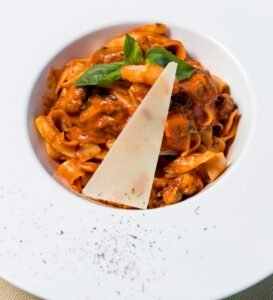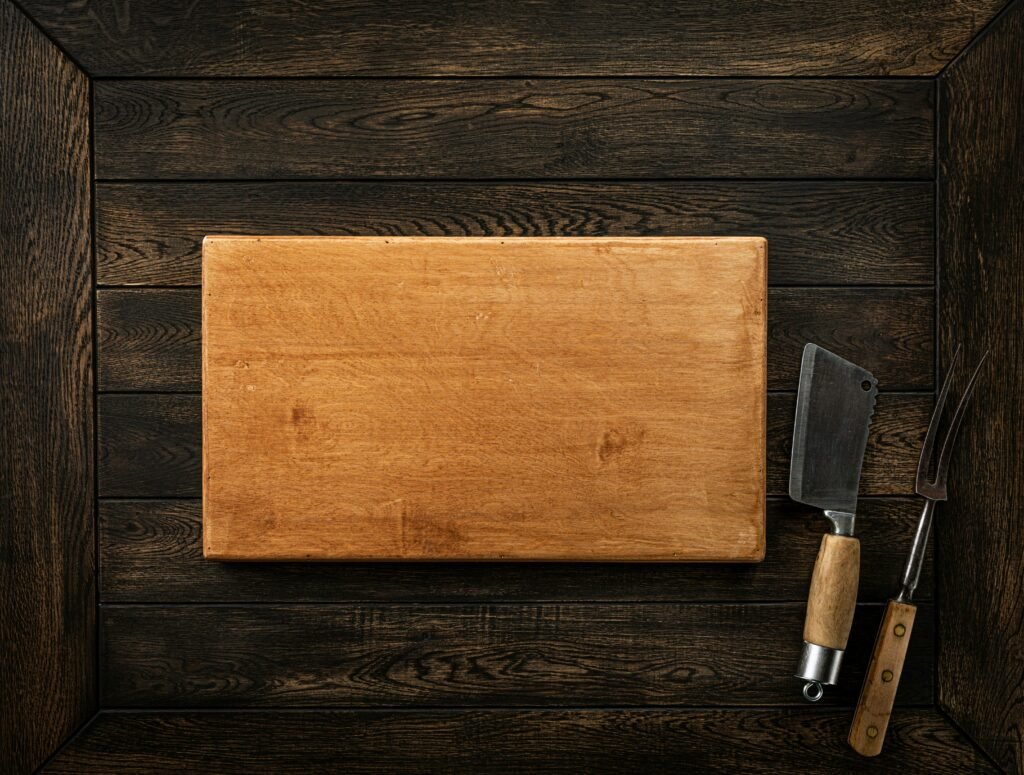Pasta is one of the most versatile and consumed foods in the world. However, although it seems easy to prepare, it is common to make certain mistakes that affect its texture, flavor and final result. Below, we review the 10 most frequent mistakes when cooking pasta and how to avoid them so that it is always perfect.
1. Not using enough water.
One of the most common mistakes is to boil the pasta in little water. This makes it stick together and does not cook evenly. The ideal is to use at least 1 liter of water for each 100 g of pasta.
2. Do not add salt to the water.
Pasta needs salt in the cooking water to enhance its flavor. If it is omitted, no matter how much sauce we add afterwards, it will remain tasteless. It is recommended 10 g of salt per liter of water.
3. Pour in the pasta before the water boils.
Placing pasta in cold or unboiled water causes it to cook poorly and become sticky. It should always be added to the water when it is at full boiling point.
4. Cut the pasta long enough to fit in the pot.
Although it may seem practical, cutting spaghetti or tagliatelle is a mistake. Pasta should be cooked whole; simply introduce it little by little into the boiling water and it will soften on its own.
5. Do not stir the paste at the beginning.
If it is not stirred during the first few minutes, it is easier for the dough to stick together. A couple of turns at the beginning is enough to avoid this.
6. Cooking the pasta too long.
Overcooking ruins the texture, leaving a mushy pasta with no body. It is best to follow the package directions and taste it one minute before the end of the time to achieve the al dente point.
7. Rinse the pasta after cooking.
Washing the pasta with cold water removes the starch that helps the sauce to adhere. Rinsing should only be done in very specific cases, such as for pasta salads.
8. Do not reserve some of the cooking water.
The water in which the pasta is cooked contains starch and is ideal for binding the sauces, giving them more body and improving their texture. It is always a good idea to save a glass before draining it.
9. Mix the pasta and sauce in the dish.
The most common mistake is to serve the pasta on a plate and the sauce on top. The correct thing to do is to mix them in the pan so that the pasta absorbs the flavor better.
10. Not choosing the right pasta for each recipe.
Not all pastas work the same. For example, long pastas such as spaghetti go best with light sauces, while short pastas (penne, fusilli) are ideal for dense or chunky sauces.
2 Extra tricks to cook pasta exquisitely:
Tip 1: Use quality grated cheese. Instead of industrial powdered cheeses, grate fresh cheese such as parmesan, pecorino or grana padano. It melts better, enhances the flavor and elevates any pasta dish to the next level.
Tip 2: Finish with a drizzle of olive oil. Adding a little quality oil right at the end adds shine, aroma and extra flavor that enhances any dish.
✅ Conclusion: Cooking pasta does not have to be complicated, but it does require attention to small details that make all the difference. With these tips, you can enjoy pasta at the level of the best Italian restaurants.



